In the ever-evolving landscape of graphic design, creativity knows no bounds. As we step into the year 2024, the dynamic world of design continues to shape-shift, bringing forth innovative trends that redefine visual communication.
Unveiling the Top Graphic Design Trends of 2024
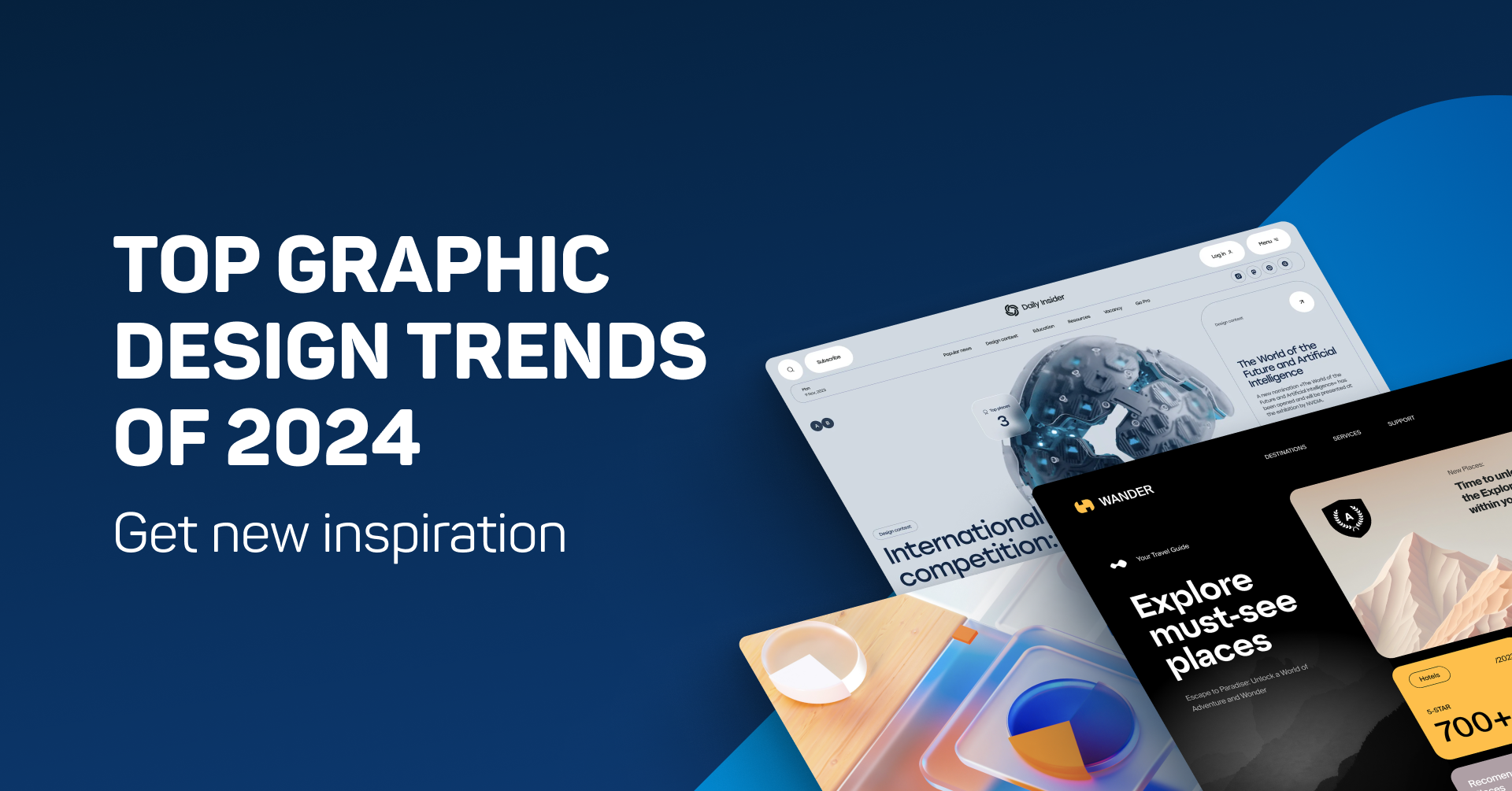
This year is not just about following trends — it’s about forging new paths, pushing boundaries. Graphic designers find themselves at the intersection of artistry and technology. So, fasten your seatbelts, as we embark on a visual expedition to discover the design language that will define the aesthetics of 2024.
AI Assistance: The Intelligent Ally
The integration of artificial intelligence (AI) tools has become a transformative force, shaping the way designers conceive and execute their creations in 2024. The result is not a replacement of human ingenuity but a symbiotic relationship where the use of algorithms enhances and amplifies the creative capacities of designers. In 2024, AI becomes an indispensable tool, propelling the graphic design landscape into a new era of efficiency, personalization, and collaborative innovation.



3D Design: Elevating Web Design
The once two-dimensional web spaces are now transformed into immersive environments, captivating visitors with a sense of depth and realism. From interactive product displays to engaging storytelling through animated 3D scenes, the integration of three-dimensional design elements brings a new level of sophistication and interactivity. This evolution in web design not only reflects technological advancements but also represents a commitment to creating digital experiences that are both visually stunning and user-centric.

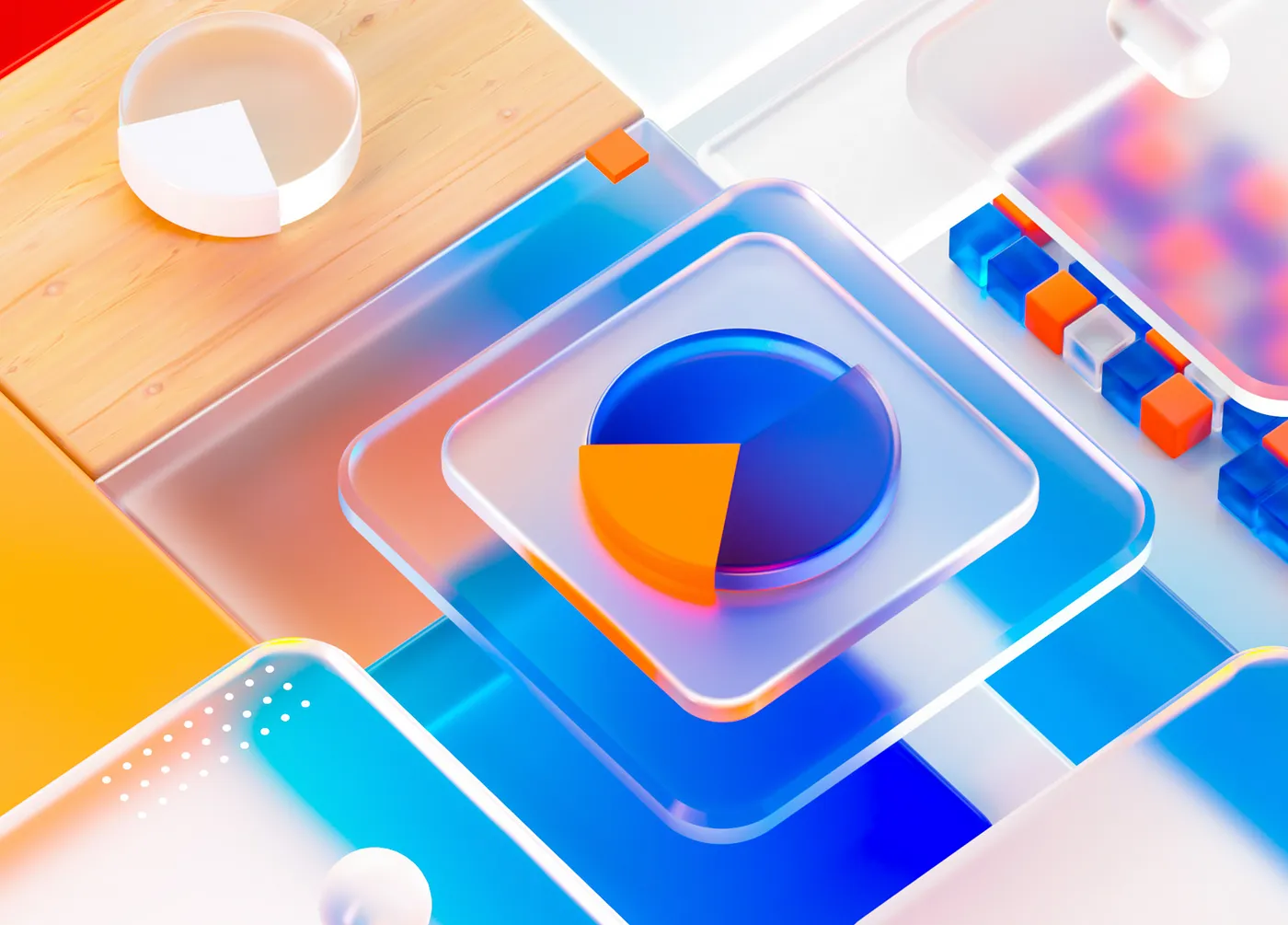

Motion and animation
From subtle micro-interactions that enhance user experience to bold and immersive animations that draws attention, designers are harnessing the power of motion to convey emotions and messages in ways static design cannot. Websites come alive with scrolling animations, mobile apps respond with delightful transitions, and social media posts captivate with animated graphics. This trend not only enhances user engagement but also allows designers to break free from the constraints of static imagery.

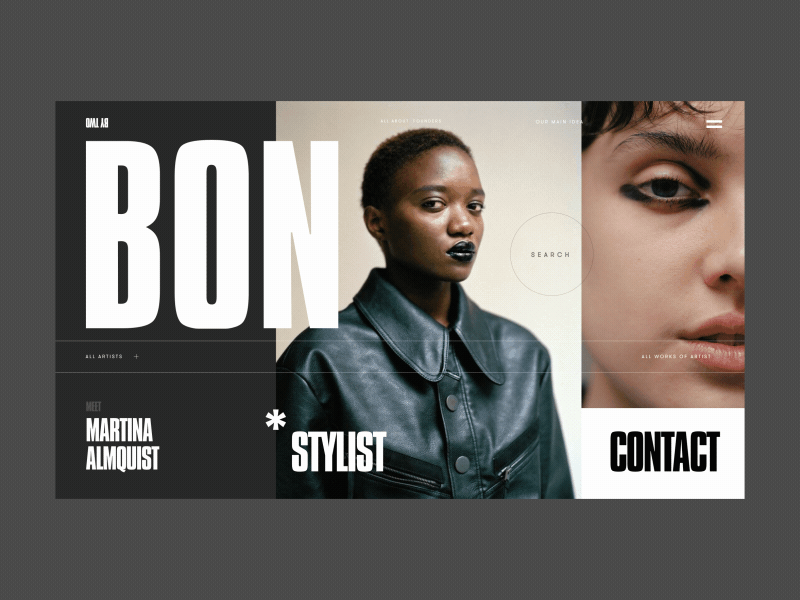
Bold minimalism: Simplicity with Impact
Embrace a striking approach to minimalism, infusing designs with bold geometric shapes, vivid color contrasts, and impactful negative space. The traditional monochromatic palette of minimalism expands to include vibrant hues that demand attention, creating a visual language that is both clean and powerful. This evolution of minimalism isn’t about doing more; it’s about doing more with less, leveraging the power of simplicity to make a lasting impression.



Utilitarian / Bento
Utilitarian design, inspired by the ethos that form should follow function, emphasizes simplicity, clarity, and efficiency. Graphic designers are stripping away excess, embracing clean lines, and focusing on intuitive user experiences. Purpose-driven design elements, such as blocky layouts, straightforward navigation and legible typography, become paramount, ensuring that the user’s journey is streamlined and accessible.




Neon colors: Electrified Graphic Design
From pulsating pinks to electric blues and neon greens, these radiant colors create a sense of dynamism and modernity. Graphic designers embrace the bold and futuristic feel of neon, incorporating it into typography, illustrations, and overall design palettes. This trend transcends traditional boundaries, with neon colors not only serving as attention-grabbing elements but also as powerful tools for conveying emotions and setting unique visual tones. It’s a bold statement that propels graphic design into a luminous and high-energy future, where every design becomes a vivid beacon of creativity.



Gradients
Gradients have been popular for several years and will definitely stay with us in new forms. They are no longer confined to backgrounds; they seamlessly blend across typography, illustrations, and entire visual narratives, injecting a sense of fluidity and movement into static designs. Lately we could see a lot of gradients with added noise textures, that brings even more sophistication and personality.



Retro
Evoking a sense of nostalgia, this trend pays homage to the iconic styles of bygone eras, reimagining and revitalizing them for the digital age. The use of nostalgic typography, classic motifs, and analog-inspired textures creates a visual language that resonates with audiences across generations.



Inspired by nature: A Harmonious Fusion
The organic elegance of leaves, the rhythmic patterns of waves, and the intricate details of flora and fauna become prominent elements in graphic compositions. Designers are drawn to the soothing color palettes inspired by landscapes, employing earthy tones and botanical greens to evoke a sense of calmness. This trend not only celebrates the aesthetic allure of the natural world but also aligns with a broader cultural shift towards sustainability and eco-consciousness.



Abstract and surrealism
Embracing the extraordinary and the dreamlike, designers are incorporating surreal elements that challenge reality and captivate the imagination. This trend transcends traditional storytelling, allowing for the communication of complex ideas and emotions through visual metaphors. In a digital age saturated with information, the use of abstractions and surrealism in design provides a refreshing departure from the expected, encouraging audiences to engage with the unexpected. This movement in graphic design reflects a shift towards more profound and thought-provoking visual communication in 2024.



Doodles: Playful storytelling
What was once dismissed as spontaneous sketches in the margins has evolved into a full-fledged design trend, bringing a whimsical charm to visual compositions. Designers are embracing the imperfections and spontaneity of doodles, infusing their creations with a touch of hand-drawn authenticity. Doodles add a personal and approachable element to designs, breaking away from the sleek and polished aesthetic that dominated in previous years.

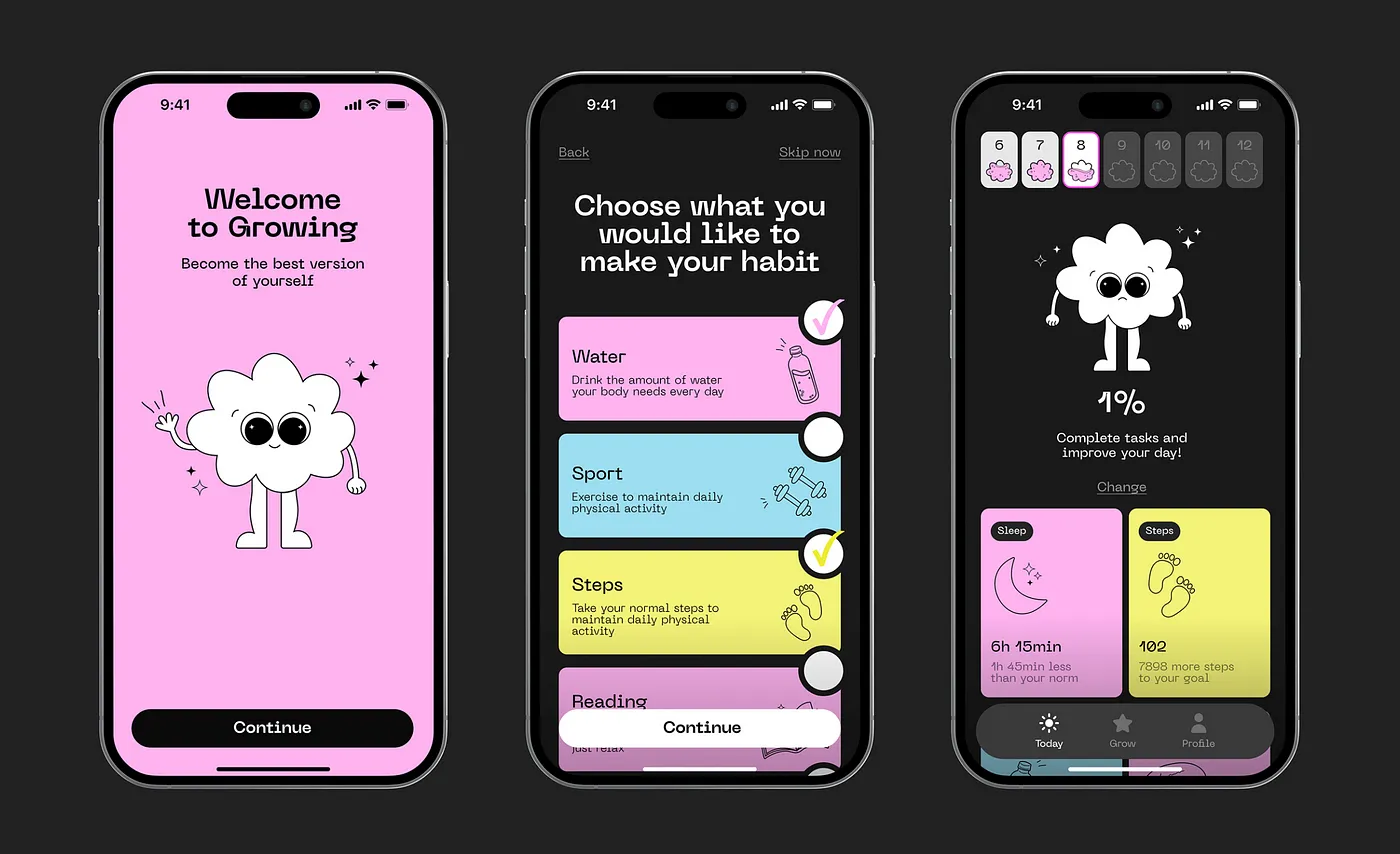

Experimental typography
2023 witnessed a bold exploration of experimental typography, where letters cease to be mere conveyors of information and transform into expressive works of art. Experimental typography embraces the unconventional, incorporating unexpected shapes, textures, and intricate details that transcend the limitations of standard letterforms.

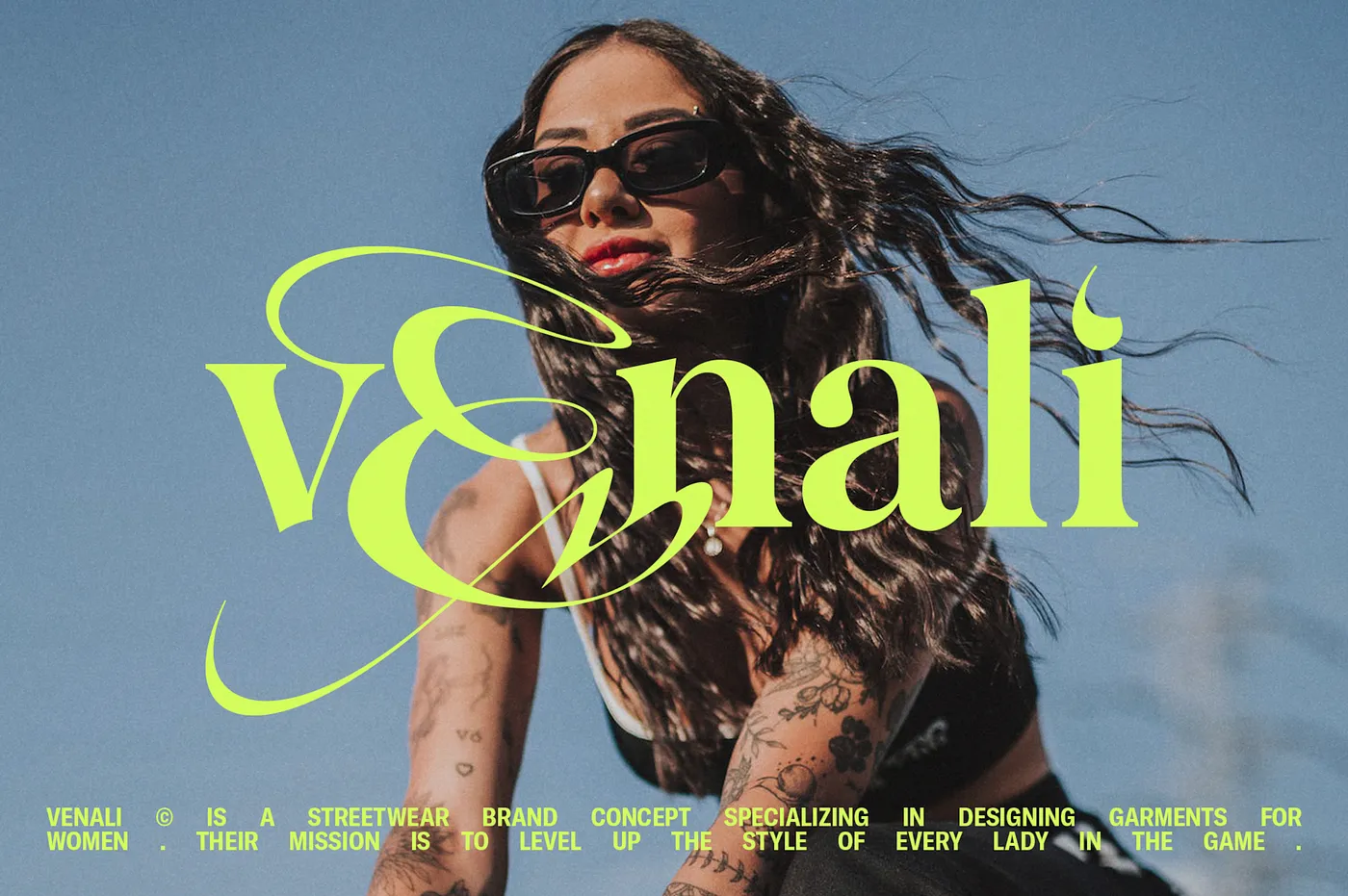


Serifs: Elegance in Details
There is a notable return to the classic and the timeless, with designers rediscovering the enduring charm of serif fonts. Serifs, with their distinctive strokes and embellishments, bring an air of sophistication and refinement to graphic design. Whether used in print materials, digital interfaces, or branding, serif fonts contribute to a sense of elegance and authority. In an era where minimalist sans-serif fonts have dominated, the resurgence of serifs represents a deliberate departure, embracing the intricate details that add character to each letterform.


Conclusion
The year 2023 has proven to be a year of dynamic shifts and creative evolution. The strategic use of AI tools has not only streamlined workflows but also opened new frontiers for collaborative innovation between human creativity and artificial intelligence. In the coming year, we can anticipate turbulent changes and groundbreaking news as AI image generators evolve, challenging conventional design paradigms.
The year saw the rise of utilitarian design principles, emphasizing functionality and purpose, while simultaneously embracing the timeless allure of serif fonts, showcasing the enduring appeal of classic elegance. Neon colors, 3D elements, vibrancy and playful interactivity into designs, reflecting a yearning for visual dynamism.
In conclusion, as we step into the design landscape of the next year, the key lies in a delicate balance between embracing innovation and acknowledging the enduring elements that have shaped design over the years.
Sources: behance.net, dribbble.com
